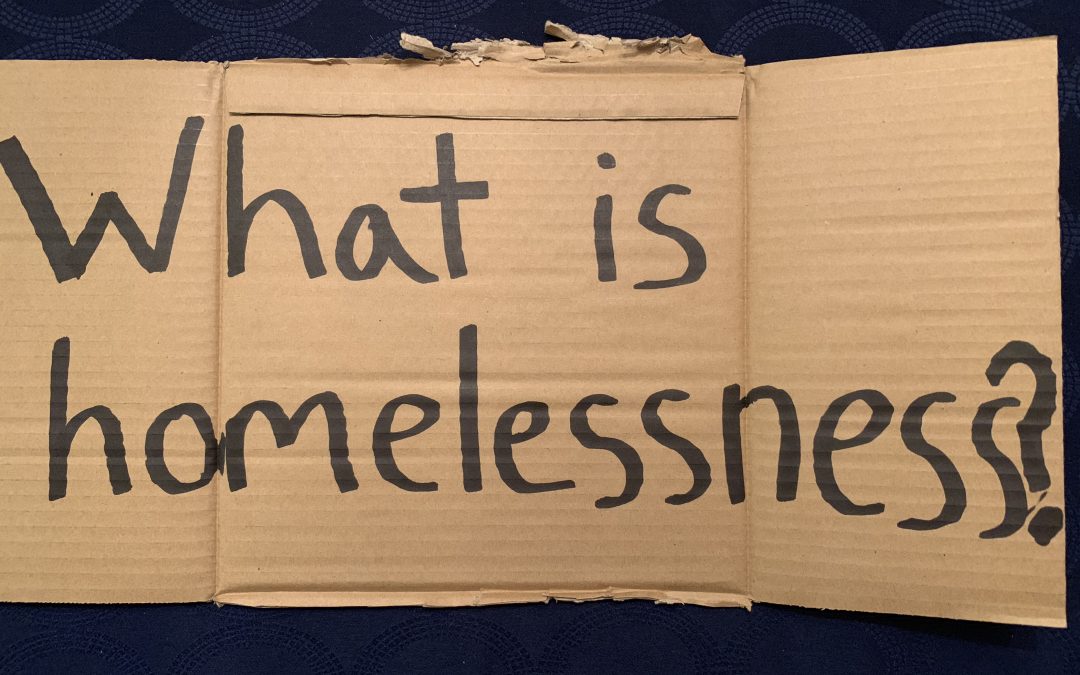One of the most important questions homelessness facts deal with is what being homeless actually means. According to the Department of Housing and Urban Development:
“There are four basic categories of homelessness: people who are living in a place not meant for human habitation, in emergency shelter, in transitional housing, or those who are exiting an institution where they temporarily resided; people who are losing their primary nighttime residence (including motels, hotels or other possible residences) within 14 days and lack the necessary resources or support networks to remain in housing; families with children or unaccompanied youths who are unstably housed and likely to continue to be; and people who are fleeing (or attempting to flee) domestic violence and have no other residence and lack the resources or support networks to obtain another permanent housing.”
The vagueness of this definition correlates to the inconsistency in statistics around homelessness. The commission for Housing and Urban Development gets its head-count of homelessness in America on a night in January each year. It does so by having volunteers walk around their cities, counting the homeless people they encounter. As nonsensical as this may sound, it is hard to think of any other way to tally such an amorphous population. What these counts yield is approximately 550,000 homeless individuals in the United States each night in 2018. Other populations that are perhaps less visible to the eye are often not counted and thus, many estimate the number of individuals who experience at least one night of homelessness each year may actually be up to 3.5 million!
You might be surprised with the breakdown of this population. While the average homeless person is a single white male between the ages of 30 and 50, nearly forty percent of the total homeless population are women. There are an estimated 185,000 people in families who are homeless. There is a youth homelessness epidemic, with nearly 41,000 children and adolescents being on the streets. Lastly, there are 87,000 chronically homeless individuals – people who have experienced homelessness for at least a year. Much of the homeless population suffers from mental health issues and physical disabilities, as well as substance abuse issues. Most of the homeless population is dealing with the consequences of issues such as a lack of affordable housing, poverty, and unemployment – in that order of severity. You can read much more about each of these in particular in the following sections.
“Home Is” seeks to illuminate the true definitions of “Home” and “Homelessness”. The term “Homeless” itself is hotly contested by those under its label. Given the personal quality of “home”, it seems more appropriate to call these people “houseless”. Many of the homeless population, especially in Boulder, choose to live outside. They consider this to be ‘home’.


Recent Comments